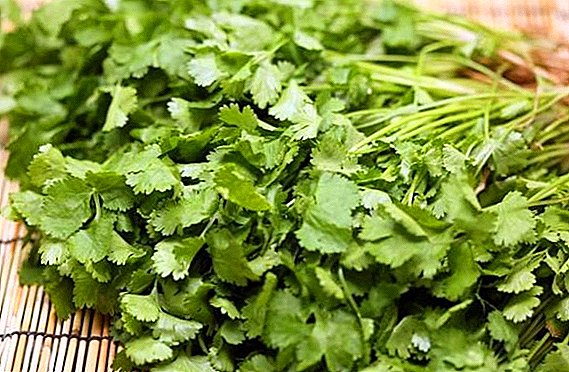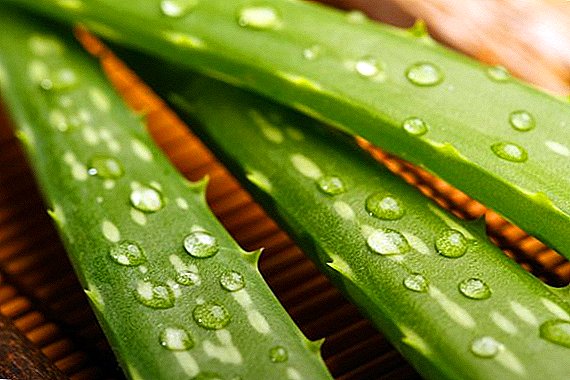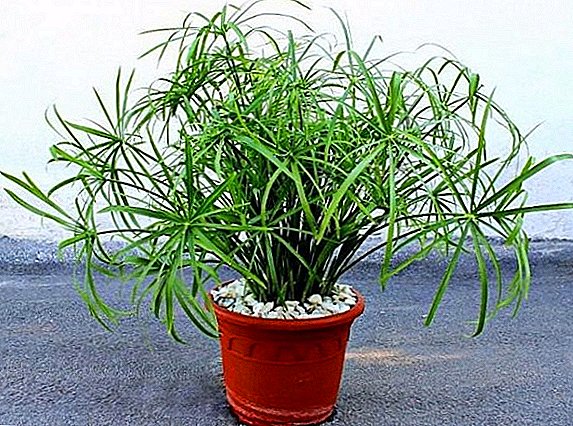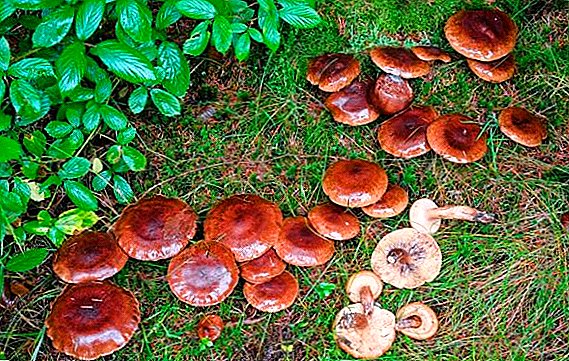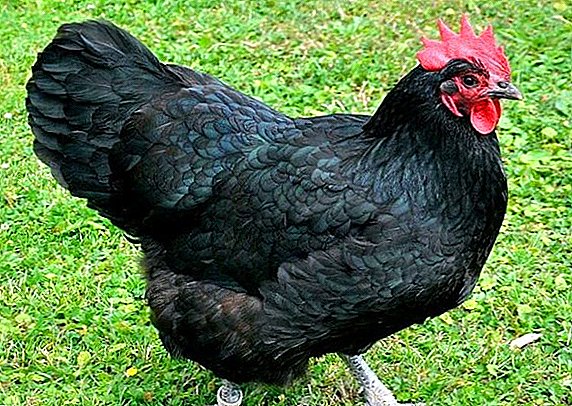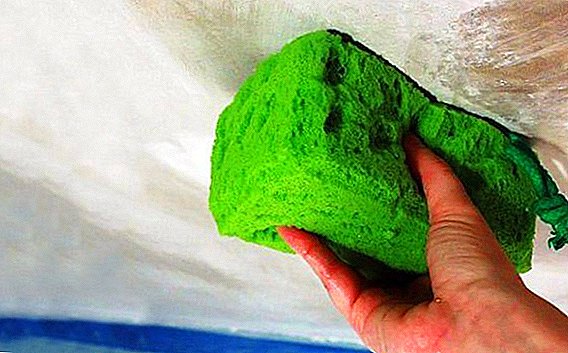 The issue of repair always sounds very exciting, and if you yourself also want to perform all the required measures, then the responsibility is doubly higher. In this article we will discuss one of the most common preparatory aspects of renovating your home - the removal of the old whitewash. At first glance, everything seems to be extremely simple and understandable, but in order for work to be done quickly and easily, it is worth knowing about some of the nuances of its implementation. Let's look at this issue step by step.
The issue of repair always sounds very exciting, and if you yourself also want to perform all the required measures, then the responsibility is doubly higher. In this article we will discuss one of the most common preparatory aspects of renovating your home - the removal of the old whitewash. At first glance, everything seems to be extremely simple and understandable, but in order for work to be done quickly and easily, it is worth knowing about some of the nuances of its implementation. Let's look at this issue step by step.
Why wash off the whitewash
If you plan to carry out repairs according to the latest fashion trends and using high-quality modern materials, then it is likely that you will not need to remove the old whitewash (for example, you can simply install a suspended ceiling over it). However, there are a number of other cases where proper preparation of the surface cannot be avoided.
Going to do repairs, it is useful to learn how to remove the old paint from the walls, how to glue wallpaper, how to make plumbing in a private house, how to put a wall outlet, how to make a plasterboard partition with a doorway, how to install a light switch, how to install a flowing water heater, how to sheathe plasterboard walls .So, the removal of the old whitewash is necessary in the following situations:
- before painting the ceiling or pasting it with wallpaper, since a layer of lime significantly impairs the adhesion of these materials to the surface;
- before re-whitewashing, but using a different composition (adhesion with the previous material may turn out to be short-lived);
- before repairing joints (putty, plastering) or removing cracks;
- before installation of sound or heat insulation coating;
- when stains of soot, rust (from pipe leakage) or mold appear, which are difficult to cover and it is better to remove immediately so that they do not appear later.

Important! It is necessary to get rid of the mold even when you are going to install suspended or suspended ceiling, as it can easily go to the walls. In addition, after removing the whitewash, be sure to clean the surface with special mold protectors.In all other cases, it will be sufficient to simply remove the exfoliated areas of the whitewash using the dry method, cleaning it with a grinding machine and removing the remaining dust with a brush.
Required materials and tools
The choice of specific materials and tools for the removal of whitewash depends on the method you selected for its removal, but more often than not will be irreplaceable:
- spatula (preferably with a wide narrow blade);
- scraper with a long handle (used for surface treatment in hard to reach places);
- roller for moistening the ceiling and water tank (if necessary, you can supplement the specified set with a spray gun);
- sponge for washing off whitewash;
- ladder or stepladder;
- personal protective equipment: closed clothing, goggles, respirator or gauze bandage.
 If you decide to remove the old coating with the help of special tools, then in an additional order you need to purchase a brush for applying them and the chemicals themselves.
If you decide to remove the old coating with the help of special tools, then in an additional order you need to purchase a brush for applying them and the chemicals themselves.Carrying out landscaping, you should pay attention to the construction of the cellar with ventilation, sheepfold, chicken coop, verandah, gazebo, barbecue, pergolas, fence from the chain-link, or from the gabions with their own hands.
Preparatory work
Repair is almost always dust and dirt, therefore, in order to facilitate the task of post-repair cleaning, you should properly prepare the room.
- First, take out the furniture or cover it with plastic wrap.
- Secondly, be sure to dismantle the chandelier, ledges, paintings and other interior accessories that may be affected during your work.
- Thirdly, under the film you also need to hide all the structural elements, usually presented in the form of doors, windows, columns or any other components of the room.
It is mandatory to turn off the electricity, especially if you use liquid materials flowing along the walls in your work.
At the end of the preparatory activities it remains only to collect all the necessary tools and materials and you can proceed to work. 
Did you know? Lime began to be massively used in the arrangement of housing in the XVII-XVIII centuries. Rich people used the material as a knitting compound in the construction of houses and temples, and those for whom the stone house was not available, it served as an excellent tool for whitewashing the walls.
How to wash whitewash
Traditionally, the methods of removing the old whitewash layer can be divided into two types: dry and wet, although in each of these options some subspecies can be additionally identified.
Wash off with water
Washing whitewash with warm water is the oldest and easiest way to solve this problem. All you need is a bucket of water and a sponge, and to remove a particularly resistant coating you can additionally dissolve salt in a liquid in a ratio of 1 kg per 10 liters.
As an alternative, you can prepare a mixture of 3 tbsp. l any washing powder, five of the same spoon of soda and 10 liters of water. The finished solution is applied to the ceiling with a roller or brush and rinsed with a sponge, and the procedure is carried out until it stops smearing with lime.  In hard-to-reach places where the roller is simply not enough, you can use a spray gun and a brush, each time leaving the wetted area until completely wet. Soaked whitewash can be easily removed with a conventional spatula or a metal brush. As soon as the entire ceiling is cleaned, the lime residues are very easily washed off with a sponge moistened with water.
In hard-to-reach places where the roller is simply not enough, you can use a spray gun and a brush, each time leaving the wetted area until completely wet. Soaked whitewash can be easily removed with a conventional spatula or a metal brush. As soon as the entire ceiling is cleaned, the lime residues are very easily washed off with a sponge moistened with water.
Important! Experts recommend wetting the surface in small areas, gradually removing each layer of whitewash. Thus, the water simply does not have time to dry and you do not have to constantly perform the same actions. In addition, to move things faster, it is advisable to change the water as often as possible.Despite the fact that the “wet” method of removing the whitewash is used quite often, it has several drawbacks, manifested in great physical effort, the duration of the process and the “swamp” in the room (mixing with water, lime dust becomes sticky and unpleasant slurry). Therefore, before making a final decision, consider other possible options for removing the old coating from the ceiling.

An important role in the arrangement of the site is played by competent planning - buildings and recreation areas, planting vegetables in the garden, minimizing physical labor, planting along the fence.
Scraper
Using a scraper can be attributed to the previously mentioned "dry" method of performing the task. There is no trick in such a case, and all that is required of you is to simply rub the ceiling with the specified tool, scraping lime after section of it. Of course, dust in this case will be much more, so you should immediately use a respirator.
In order to avoid the falling apart pieces of whitewash on the floor, you can add the selected scraper with a separate container, screwed to the spatula with wire. As a result, the entire whitewash will be dropped immediately into the container, not spreading around the room.
The disadvantages of using a scraper include the same physical activity as when using the “wet” method, as well as the possibility of ingress of small particles of lime into the respiratory tract, which, of course, is extremely undesirable. 
Cleaning with paste
To minimize the amount of dust when performing all the above described cleaning activities, try to prepare a paste. Make it easy, just dilute 2 tbsp. l flour (or starch) in 1 liter of water, then add the mixture to boiling water and mix to a viscous state.
The resulting mixture should be applied to the ceiling with a brush and leave for 15 minutes to dry. The whitewash impregnated with paste is easily removed with a spatula, and the rest of the mixture is washed off with a sponge moistened with soapy water.
Replace self-prepared adhesive composition can be the usual wallpaper glue, diluted two times less than that required by the instruction. In fact, such a composition has the same properties as home-made paste, and is inexpensive. From the disadvantages of this method, we can distinguish the complexity of the process, due to the need to prepare a paste, although, in truth, it is a trifle.
Did you know? To create lime, limestone rocks are burned in special kilns, during which carbon dioxide is released from them. However, during use, the slaked lime always tries to return to the original state of the limestone stone, again accumulating carbon dioxide.

Use paper
Cooked paste can also be used as a layer between the surface of the ceiling and newspapers. The paper sheets greased by him are glued to the ceiling in such a way that one edge of each of them remains free. After a short wait, you should tear off all sheets, and wash off the remnants of lime with plain water.
Ideally, newspapers should be glued with a second layer, covering the top with a sticky compound, although this option will not guarantee complete cleaning of the surface from whitewash. In any case, you will have to additionally wash the ceiling with clean water, trying to remove not only whitewash, but also the paste itself.
Perhaps this is the main disadvantage of using such a mixture, which, by the way, is fully compensated by the absence of a large amount of dust and dirt in the room.
Find out what indoor plants are recommended to put in offices, bedrooms, nurseries, on balconies.

Cleaning solutions
Despite the many ready-made solutions designed for quick and high-quality removal of whitewash from the ceiling (we will talk about them later), you can prepare a suitable tool at home. Consider some of the most well-known options for such recipes.
Option 1. In 5 liters of clean water you need to dissolve two caps of bath foam and add 1 tbsp. l 9% vinegar. The resulting composition is treated all areas of the ceiling, trying to achieve maximum wetting of the whitewash layer. Soaked cover is easy to remove with a scraper or trowel.
Option 2. If chalk was used instead of lime for whitewashing the ceiling, then it is better to prepare a salt solution for cooking the “rinse”, one kilogram of which is diluted in a bucket of warm water and applied to the surface of the ceiling with a roller. After removing the soaked whitewash with a spatula, it remains only to rinse the surface with warm water using a rag or a mop. 
Important! In both cases, the prepared solution should preferably be applied warm.
Special means
If you do not want to use homemade formulations, then you can purchase ready-made whitewash removers. They can be found in almost any store building materials, and the most popular options include the following:
- "Probel" - it is intended for removal of a plaster and cretaceous covering, and also elimination of dust.
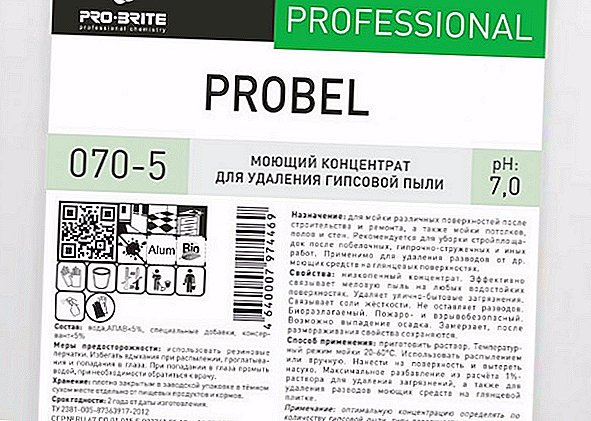
- "Metylan" and "Quelyd Dissoucol" - used to remove whitewash and wallpaper.
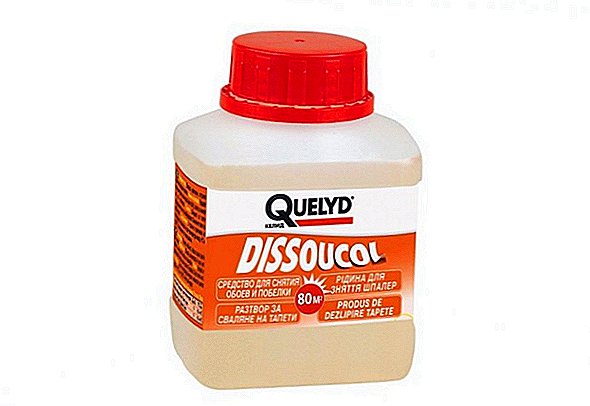
- "Alfa-20" - copes well with whitewashing (it does not matter if it was made using chalk or lime) and cleaning after repair.
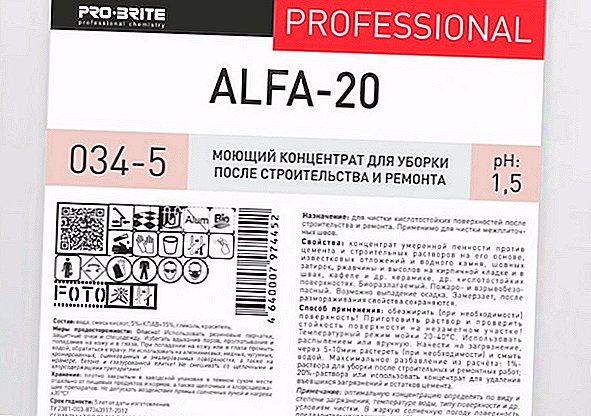
The undoubted advantages of such a solution include the ease of preparation (read the instructions) and the speed of action of all finished products, and among the main disadvantages are only the toxicity of some of them or the high cost (especially when compared with the possibility of self-preparation of paste). 
Security measures
No matter how hard you try to remove the old whitewash with a minimum amount of dust and dirt, you will not be able to completely rid yourself of them, therefore, before proceeding to active actions, it is highly desirable to protect yourself from inhaling microscopic lime particles or chalk.
The easiest way to do this is by using a respirator, but a multi-layer gauze bandage will also work in an extreme case. Plastic glasses, gloves and thick clothes are commonly used to protect eyes and exposed parts of the body. You can also turn on the hood, however, it is not available in all rooms.
Preparing to work properly and choosing the most effective way to remove the old whitewash, you have to make sure that repair is not as bad as it seems at first glance.
Video: how to remove whitewash from the ceiling
How to remove whitewash from the ceiling: reviews

It was about five years ago.
My neighbor started repairing something. I found him in the kitchen with a rag on the ceiling — all wet, in white tingles. Then the thought came to me to use a washing vacuum cleaner in this work, since I had it.
So much this thought struck me that on the same day I tried this experiment at home in the corner of the kitchen. Spent - it really works.
But as a bit dried up, I realized that now the whole kitchen should be washed out, and the ceiling should be done. In general, everything went "with a bang."
I will make a reservation that the vacuum cleaner - Vax. Perhaps this is fundamental. As far as I know, for other manufacturers, water is splashed before the brush, and in Vax-e, water is pumped into the brush and immediately collected from the surface.
Another very important caveat - the surface of the ceiling is better to pre-moisten. For example, the standard sprayer sprayer that is sold in business. Those. it is necessary that the whitewash draws water in itself - so that it starts to shine slightly, but it does not drip onto the floor.
Then, in one slow pass of the brush of the vacuum cleaner, all the whitewash is washed and removed by it.
As for the nozzle, as far as I remember, I used the wrong one for washing the floor, but some other one, it seems, for washing hard surfaces (I don’t remember). I can not say that there was not a drop on the floor - individual drops did fall, but, one can say, in unit quantities.
No troubles with a vacuum cleaner happened - still alive.
Summary - washing Vax-ohm ceiling blur very convenient, easy and clean.
Shprot







